Let’s open this subject with an interesting fact. So, did you know that the average person spends around 17 seconds looking at an artwork in a gallery or museum. The Louvre found that people look at the Mona Lisa for only 15 seconds on average. Wow, pretty wild, huh? It usually takes much less time than that to identify an image. And that’s just looking at it, not to mention how long does it take to understand it. To understand it, well, it takes quite some time. It takes time to spot all the details, cause sometimes they don’t appear at first glance.
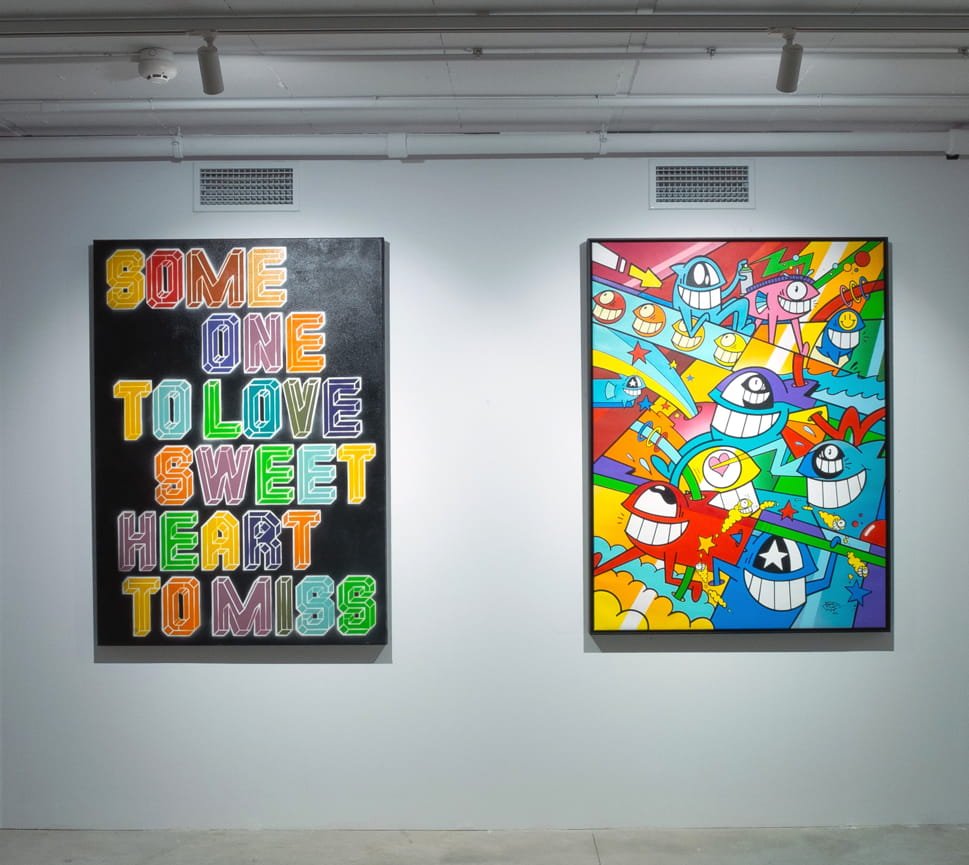
Looking at art can be wonderful, but it can also be one tricky experience. We can all agree the art of seeing art is a process of looking carefully and examining a work of art on a profound level.
To put it like this, you know that feeling of looking at artwork but without really seeing or understanding it. Then comes the inevitable doubting yourself, questioning your interpretation, or even how the artwork makes you feel.
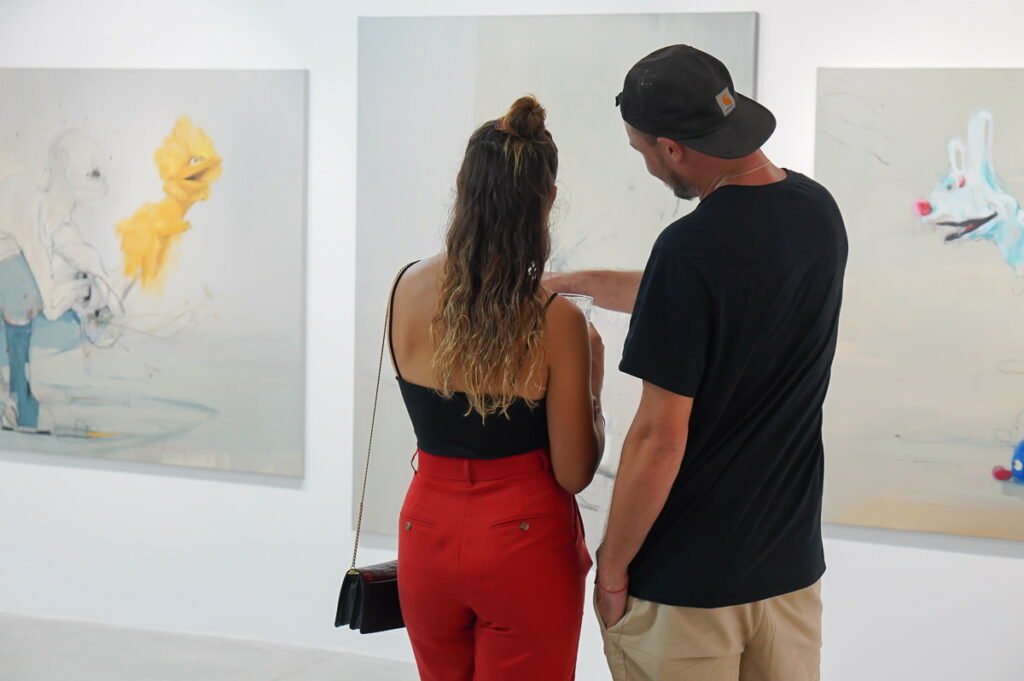
Therefore, to avoid all that jazz, we give you some guidelines and tips on how to look at an artwork that you’re interested in (and even look like an art connoisseur).
p.s. Don’t get us wrong, there’s no right or wrong way of looking at art. These tips will just help you to enhance the beauty of art.
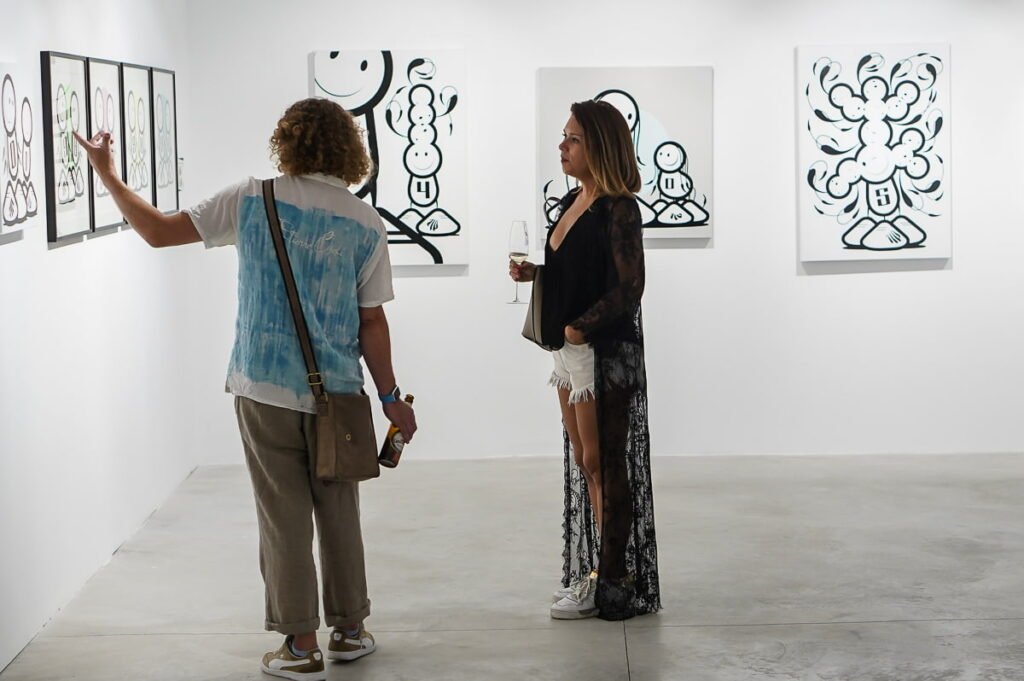
The Perfect Viewing Distance
There is a little-known fact of gallery etiquette: get up close. Simple as that. Get a good viewing angle. Whether the artwork is small or big (size doesn’t matter in art), get closer to it as much as you can. The position of the front center is usually the most desirable when viewing a painting, and usually hardest to grab – especially at a private view. So wait until the person in the best spot moves along. Try to avoid distractions, sometimes silence is gold.

Look, Observe, See
Although it may sound the same, there is quite a difference between these three. Looking may seem pretty obvious, but allow yourself to take the time to slow down and look carefully at the artwork. Observation is where things start to happen and the close looking comes into play. This is an active process, which requires both time and attention. So take your time. Seeing can be described as a mental process of perception. It involves recognizing and connecting the information the eyes take in with your previous knowledge and experiences to create the whole meaning.

Do Your Homework
This one can be applied pretty much everywhere. Quite frankly, you don’t need a background in art to appreciate it, but having some knowledge doesn’t hurt either. In a bigger gallery full of artworks, feel free to wander around and check all artworks. This will allow you to choose the attractive artwork you like the most and to spend more time with. And don’t forget to grab a catalog and a drink. If you see something you like, do a little background check. Google it, take an exhibition’s catalog, speak with other art aficionados. Pretty much anything that can deepen your appreciation. The information doesn’t have to be about a specific work. It can be about a style, artist, or medium. Knowing something about urban art, for instance, leads to a better understanding of the whole movement. Don’t be afraid to ask.
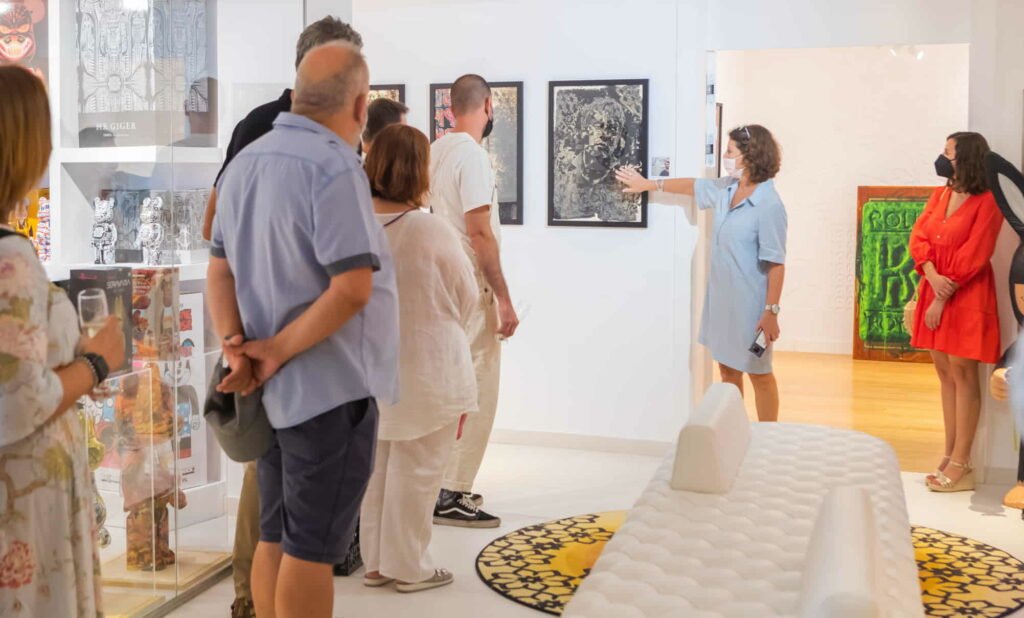
Monet, Manet, Both Are Correct
The time has come to speak about what you see. Describe it. Find your likes and dislikes. Try to figure out the meaning of it. Discover is there any art allegory, does it tell a story, is it realistic, or is it free from any recognizable associations. Being visually literate or “speaking visual” means that you become aware of these factors and can challenge yourself to not only understand what you are seeing but to ask yourself why you see it the way you do. Art is subjective, so finding what you like and don’t like about a work of art are key factors to better understanding it. And above all, don’t be embarrassed, you can’t go wrong with art. If you don’t like a certain style, don’t worry, there is something out there for everyone.

Whatever You Do, Don’t Touch Them
Generally speaking, these rules will come in handy and possibly take your experience to another level. There are rare occasions when exhibitions encourage viewers to actually touch and feel the art, but 99% of the time, it is expected that viewers strictly view the art without getting too close. Even if you sneeze too hard (especially in pandemic times haha), you may agitate a piece, so you should probably just keep a safe distance. If you get free drinks though, don’t get belligerently drunk. Don’t yell, pipe down your voice, leave your non-art storytelling for later. Also an important thing – Do not block the artwork. Of course, you can walk in front of a piece to give it the once-over of admiration but stay a few steps back so that people behind you can see the piece instead of just your head (no matter how beautiful it is).
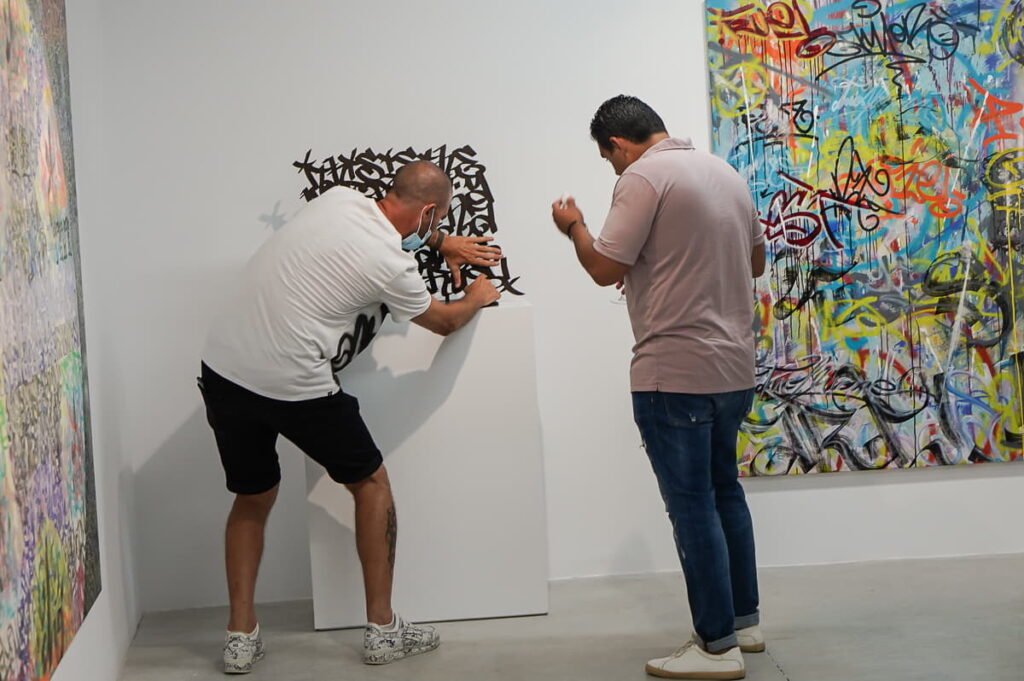
So, whether you’re walking in alone, or with a massive group of people, everyone can benefit from a good sense of simple manners. We know it’s easy to get carried away, but the rules need to be followed. With all that said, just follow all these steps and you will approach art galleries like a true art connoisseur and gain representation.
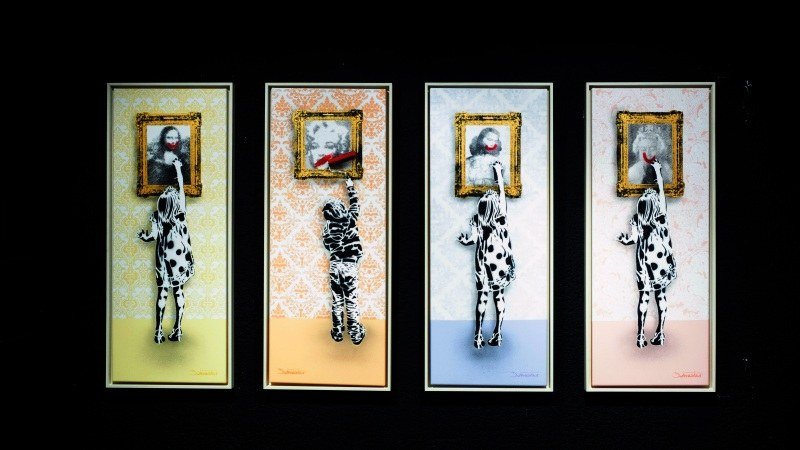
Leave a Reply